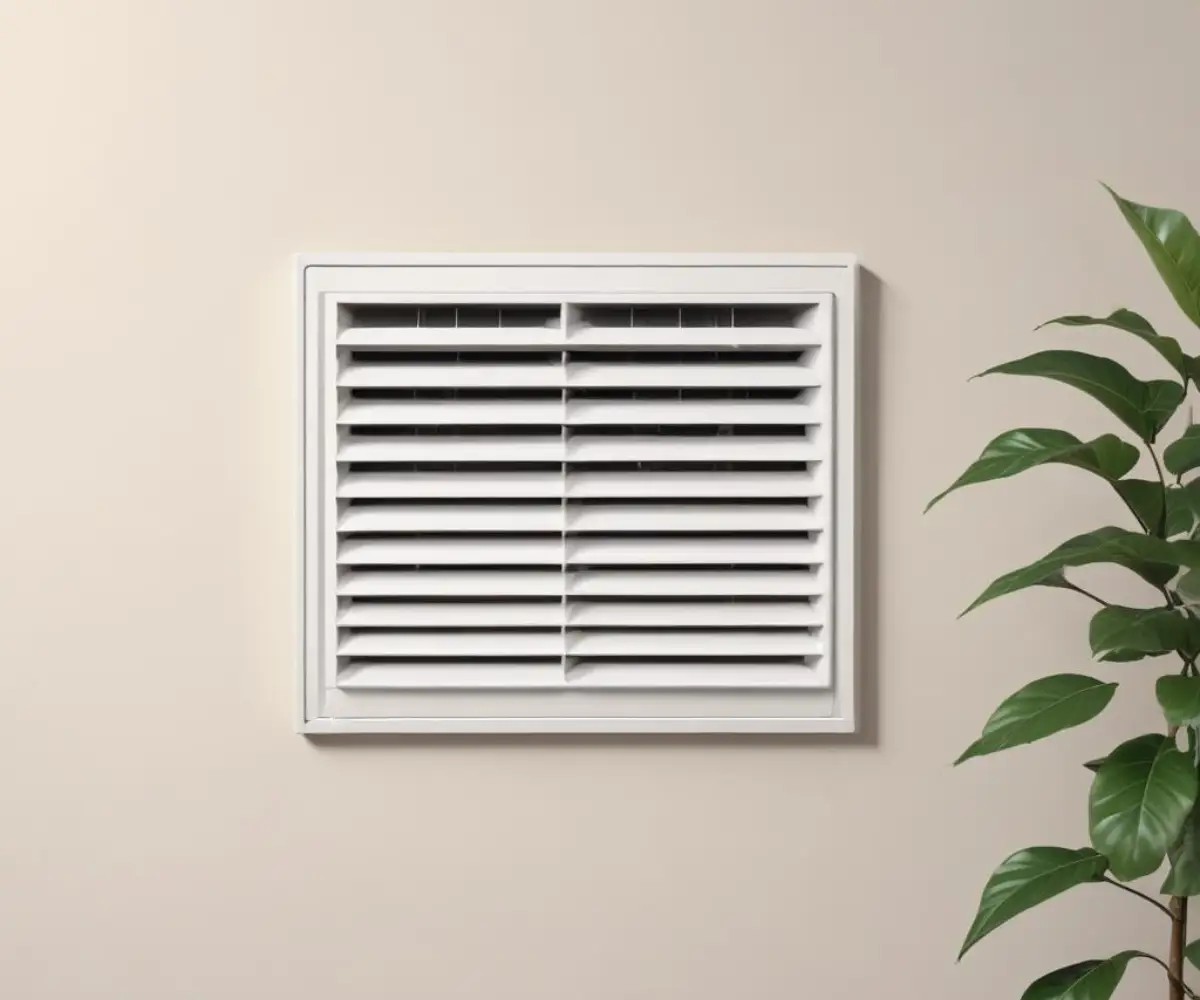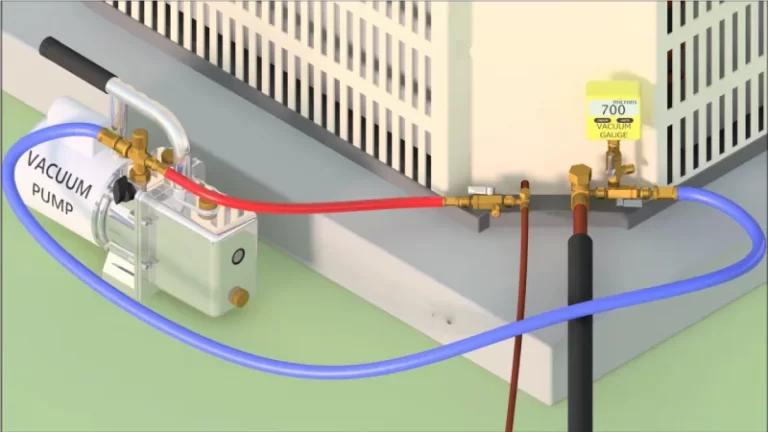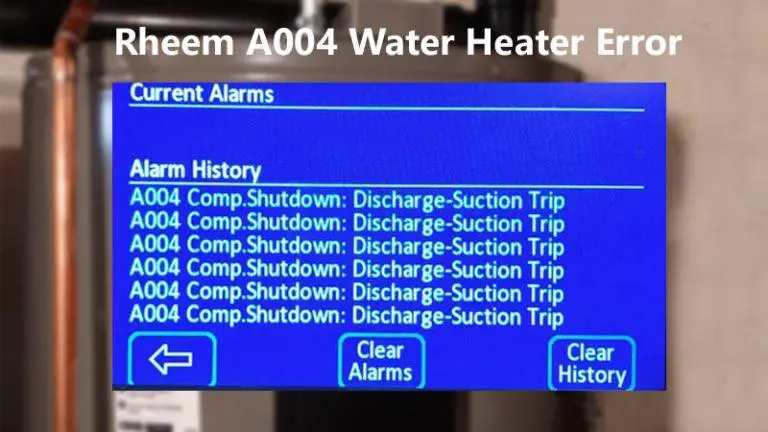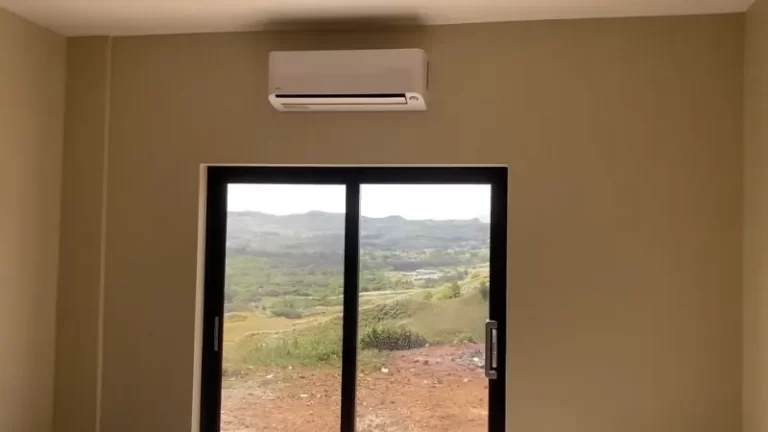Return Air Vent Whistles? Your Ultimate Guide to Silencing the Noise
That persistent, high-pitched whistle coming from your return air vent isn’t just annoying; it’s a sign your HVAC system is crying out for help. This sound is a clear indicator that the airflow in your system is restricted, forcing it to work much harder than it should. Ignoring this audible warning can lead to higher energy bills, poor performance, and even costly system damage.
Understanding the role of the return air vent is the first step. While supply vents blow conditioned air into your rooms, the return vent’s job is to pull stale air back into the HVAC unit to be heated or cooled. When this process is hindered, pressure builds up, and air is forced through small openings, creating that unmistakable whistling noise.
You'll Learn About
Why Is My Return Air Vent Whistling? Uncovering the Culprit
A whistling sound from your return vent is almost always a symptom of restricted airflow. Your system’s blower fan is trying to pull in a specific volume of air, and when it can’t, the velocity of the air it can pull increases dramatically, causing a whistle. Think of it like puckering your lips to whistle—you’re forcing air through a smaller opening. Let’s break down the most common reasons this happens.
The Clogged Air Filter Conspiracy
This is, by far, the most common cause of a whistling return vent. Your air filter is the frontline defense, capturing dust, pet dander, and other particles. Over time, it becomes saturated with debris, effectively creating a barrier that “starves” your system of air. The blower has to pull with immense force, causing air to whistle as it squeezes through the clogged filter fibers.
A severely clogged filter not only makes noise but also drastically reduces your system’s efficiency and can lead to serious mechanical strain on the blower motor. Regularly checking and changing your filter is the single most important maintenance task for a healthy, quiet HVAC system.
Undersized or Obstructed Ductwork
Sometimes, the problem is baked into the design of your home’s duct system. If the return air ducts are too small for the size of your HVAC unit, they can’t handle the volume of air the system is trying to move. This creates a permanent bottleneck, leading to high velocity and noise. This is a more complex issue, often seen in homes where the HVAC system was replaced without re-evaluating the existing ductwork.
Similarly, obstructions deep within the ducts, such as collapsed sections or accumulated debris, can have the same effect. While less common, it highlights the importance of the entire airway being clear. If you’ve ever dealt with cold air returns that use wall cavities instead of proper ducts, you know how crucial proper design is for efficiency and quiet operation.
Blocked or Closed Vents
The obstruction isn’t always hidden deep inside your walls. Often, the culprit is right in plain sight. Large pieces of furniture, thick rugs, or even a stack of boxes pushed up against the return air grille can be enough to block airflow and trigger a whistle. It’s essential that these large, critical vents have ample clear space around them to breathe.
Furthermore, some return vents have dampers—levers that allow you to control airflow. While more common on supply vents, if your return has one, ensure it is fully open. Accidentally closing it can create the exact pressure problem you’re trying to solve.
Bent or Damaged Vent Fins
The metal slats, or fins, on the vent cover itself are designed for smooth, quiet airflow. If these fins become bent or damaged, they can disrupt the air’s path, creating turbulence and noise. This can happen easily from being bumped by a vacuum cleaner or furniture. A quick visual inspection can tell you if this is part of the problem.
Even the design of the grille can be a factor. Some cheaper, more restrictive grilles can cause noise even when the system is otherwise healthy. Upgrading to a less restrictive, “high-flow” grille can sometimes be a simple and effective solution.
How to Stop a Return Air Vent from Whistling: Your Action Plan
Now that you understand the causes, you can take a systematic approach to silencing the noise. Start with the easiest and most common fixes first. In most cases, you can solve this problem yourself in just a few minutes without needing to call a professional.
Step 1: Inspect and Replace Your Air Filter
This is your first and most important step. Locate your return air vent and open the grille. If you see an air filter that is visibly gray, dusty, or clogged with debris, you have likely found your culprit. Replace it immediately with a clean filter of the correct size.
It’s also crucial to use the right type of filter. While high-MERV filters are great for air quality, some systems are not powerful enough to pull air through these highly dense filters, which can itself cause whistling. Check your HVAC system’s manual for the recommended MERV rating and avoid using a filter that is too restrictive.

Step 2: Clear the Area Around the Vent
Do a quick survey of the area around the whistling return vent. Is your new sofa partially covering it? Is a bookshelf too close? Move any and all obstructions at least 12-18 inches away from the vent to give it plenty of room to draw in air freely. You might be surprised at how such a simple adjustment can completely resolve the noise.
Step 3: Examine and Clean the Vent Cover
Unscrew and remove the vent cover, also known as the grille. First, give it a thorough cleaning with a vacuum brush or cloth to remove any surface dust buildup. Next, carefully inspect the fins. If any are bent, gently use a pair of pliers (with the tips wrapped in tape to prevent scratching) to straighten them back into alignment with the others.
Step 4: The “Gap” Factor: Sealing Leaks Around the Vent
Here is a factor that is often overlooked. Sometimes, the whistling isn’t from air going through the filter or grille, but from air being pulled at high speed through tiny gaps between the vent’s housing and the drywall. A poor seal creates tiny openings that act like a whistle.
With the grille removed, run your hand around the edge of the opening while the system is on. If you feel air being sucked in from the sides, you have a leak. Turn the system off and apply a bead of paintable caulk or use metal foil tape to seal these gaps. This ensures that all the air is pulled through the filter as intended, not through noisy cracks.
Troubleshooting Your Whistling Vent: A Quick Guide
Use this table to quickly identify the likely cause of the whistling and determine your best course of action. This can help you decide whether it’s a simple DIY fix or something that requires professional attention.
| Symptom | Likely Cause | DIY Fix Difficulty | Solution |
|---|---|---|---|
| Noise started recently; gets louder over time. | Dirty Air Filter | Easy | Replace the air filter. Check monthly. |
| Whistling is constant and has always been present. | Undersized Ductwork/System Imbalance | Professional Only | An HVAC technician needs to measure static pressure and evaluate duct size. |
| Noise started after rearranging furniture. | Blocked Vent Grille | Easy | Move furniture and objects at least 12 inches away from the vent. |
| You can see bent or damaged slats on the grille. | Damaged Vent Cover | Easy-Medium | Carefully straighten the fins or replace the entire grille. |
| Noise is accompanied by poor heating/cooling. | Severe Airflow Restriction/System Issue | Professional Only | This indicates a deeper problem. Turn off the system and call an expert. |
When DIY Fixes Aren’t Enough: Calling in the HVAC Pros
If you’ve diligently worked through all the steps above and the whistling persists, it’s time to call a qualified HVAC professional. A persistent whistle can be a symptom of a deeper, more serious issue with your system’s design or health. That annoying sound could be a high-pitched noise that signals a much bigger problem waiting to happen.
Signs Your Whistling Vent Is a Symptom of a Bigger Problem
Don’t delay calling for help if you notice these signs. The issue might be more than just a simple blockage. You could be dealing with high static pressure, a failing blower motor, or leaky ductwork throughout your home.
An HVAC technician will perform diagnostic tests that go beyond a simple visual inspection. They will use specialized tools to measure the static pressure within your ductwork. This reveals exactly how hard your system is working to move air and can definitively diagnose issues like undersized ducts or a poorly matched blower, which are common culprits of chronic noise.
Beyond the Whistle: The Hidden Dangers of Ignoring a Noisy Return Vent
That whistling sound is more than just an inconvenience. It’s an audible alarm bell for underlying issues that can have serious consequences for your home and your wallet. Ignoring it can lead to a cascade of problems that are far more expensive and disruptive to fix than the initial noise.
Skyrocketing Energy Bills
When airflow is restricted, your HVAC system’s blower motor has to run longer and work harder to circulate the required amount of air. This increased effort consumes significantly more electricity. A whistling vent is a direct sign of inefficiency, which translates directly to higher monthly energy costs.
Premature HVAC System Failure
Constant strain is the enemy of any mechanical system. An overworked blower motor is prone to overheating and early failure, a repair that can be quite costly. The restriction also puts stress on the compressor and other critical components, shortening the lifespan of your entire HVAC unit and leading to a premature, full system replacement.
Poor Indoor Air Quality
If the whistle is caused by a clogged filter or leaky ducts, it means your air isn’t being properly cleaned. A dirty filter can no longer capture allergens, dust, and pollutants, allowing them to circulate freely throughout your home. Leaks in the return ducts can pull in dirty, unconditioned air from attics, crawlspaces, or even from within walls, which can sometimes contain more than just dust. Being mindful of what’s inside your walls, such as a hidden gas line in the wall, is always a good practice when investigating home systems.
Enjoy the Sound of Silence
A whistling return air vent is a problem that should never be ignored. It’s a clear signal from your HVAC system that it is struggling to breathe. By following the simple diagnostic steps—checking the filter, clearing obstructions, and examining the vent cover—you can solve the majority of cases yourself quickly and easily.
For more persistent issues, don’t hesitate to call a professional. Addressing the root cause will not only restore peace and quiet to your home but will also improve your system’s efficiency, lower your energy bills, and extend the life of your valuable HVAC equipment.



